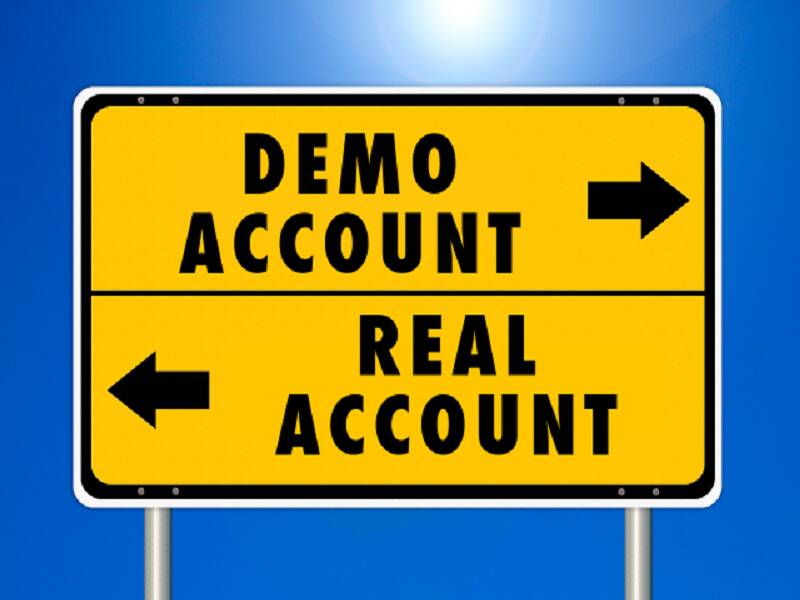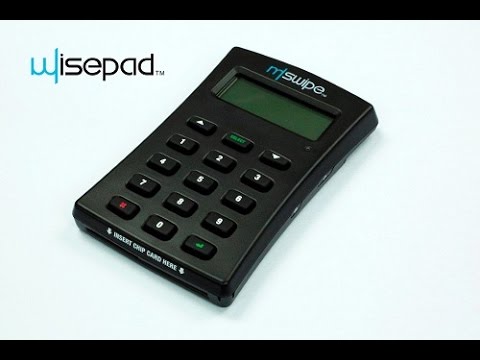Contents
You do research and obtain the following data for each of these companies. Learn to build a 3-statement model using various supporting schedules and best practices. For both the numerator and denominator, the “change” (i.e., the delta symbol) refers to the year-over-year change and can be calculated by dividing the current year balance by the prior year balance and then subtracting by 1. Starting out, the telecom company must incur substantial upfront capital expenditures to enable connectivity capabilities and set up its network (e.g., equipment purchases, construction, security implementations). The catch behind having higher DOL is that for the company to receive the positive benefits, its revenue must be recurring and non-cyclical.
The break-even point also increases with the increase in operating leverage by shifting to the right. In simple words, the organizations that have higher operating leverage need more units. A high degree of working leverage supplies a sign that the corporate has a high proportion of mounted working prices in comparison with its variable working costs. This means that it makes use of extra fixed property to help its core enterprise. It additionally means that the corporate can make more cash from each further sale whereas preserving its fastened prices intact. In the final section, we’ll go through an example projection of a company with a high fixed cost structure and calculate the DOL using the 1st formula from earlier.

Financial leverage helps to examine the relationship between EBIT and EPS. Financial leverage measures the percentage of change in taxable income to the percentage change in EBIT. It locates the correct profitable financial decision regarding capital structure of the company. It is one of the important devices which is used to measure the fixed cost proportion with the total capital of the company. If the firm acquires fixed cost funds at a higher cost, then the earnings from those assets, the earning per share and return on equity capital will decrease. The impact of financial leverage can be understood with the help of the following exercise.
It is important to understand the meaning of fixed and variable costs first. Outsourcing a product or service is a method used to change the ratio of fixed costs to variable costs https://1investing.in/ in a business. Outsourcing can be used to change the balance of this ratio by offering a move from fixed to variable cost and also by making variable costs more predictable.
Costs
In the case of low operating leverage, a large portion of a company’s sales is its variable costs. In this situation, the firm earns a good profit on each incremental sale, but it also must attain sufficient sales volumes to cover the substantial fixed costs. We know that a low margin of safety is the product of high operating cost which reveals that the firm is unable to take the risk- bearing capacity due to sales operating leverage is sometimes referred to as variation. Similarly, high operating cost creates high degree of operating leverage which ultimately invites more operating risk in the field. A greater proportion of mounted prices within the manufacturing course of implies that the working leverage is higher and the corporate has extra business threat. On the one hand, leverage refers to the inclusion of debt in your capital construction to make it more optimal.

However, the downside case is where we can see the negative side of high DOL, as the operating margin fell from 50% to 10% due to the decrease in units sold. If revenue increases, the benefit to operating margin would be greater, but if it were to decrease, the margins of the company could potentially face significant downward pressure. When a company’s revenue increases, having a high degree of leverage tends to be beneficial to its profit margins and FCFs.
Rs. 1,55,922 crore gross GST revenue collected in the month of Jan 2023: Press Release
Here, as the fixed costs are higher, the break-even point will be higher. Again, there are also semi-variable and semi-fixed costs that are used while analyzing the operating leverage of an entity, which are neither completely fixed nor completely variable. Cost-volume-profit analysis looks at the impact that varying levels of sales and product costs have on operating profit. A variable cost is an expense that changes in proportion to production or sales volume.
The formula can reveal how well a company is using its fixed-cost items, such as its warehouse and machinery and equipment, to generate profits. The degree of operating leverage is a financial ratio that measures the sensitivity of a company’s operating income to its sales. This financial metric shows how a change in the company’s sales will affect its operating income. Operating leverage measures the relationship between the sales and revenue of the company during a particular period. Operating leverage helps to understand the level of fixed cost which is invested in the operating expenses of business activities.
At the tip of the day, the firm’s revenue margin can expand with earnings growing at a quicker fee than sales revenues. Iffixed costsare larger in proportion tovariable prices, an organization will generate a excessive working leverage ratio and the firm will generate a larger profit from each incremental sale. A bigger proportion of variable costs, however, will generate a low working leverage ratio and the agency will generate a smaller revenue from every incremental sale. The price structure of an organization is decisive in the working leverage impact. A company with high fastened prices benefits from high operating leverage.
If the company operates with fixed costs that are fixed and variable costs that vary with sales volume, then DOL will vary disproportionately at different levels of operating sales. A high DOL reveals that the company’s fixed costs exceed its variable costs. It indicates that the company can boost its operating income by increasing its sales. In addition, the company must be able to maintain relatively high sales to cover all fixed costs. Operating leverage calculation measures the company’s fixed costs as a percentage of its total costs.
- When expressed as the degree of operating leverage , it represents a financial ratio that calculates the sensitivity of a company’s operating income to its sales.
- A we already know that the degree of operating leverage depends on the fixed overhead in the total cost structure of a firm.
- In simple words, the organizations that have higher operating leverage need more units.
- Companies with a large proportion of fixed costs (or costs that don’t change with production) to variable costs have higher levels of operating leverage.
However, in the downside case, although the number of units sold was cut in half , the operating margin only suffered a 10.0% decrease from 50.0% to 40.0% – reflecting the downside protection afforded to companies with low DOL. In fact, the relationship between sales revenue and EBIT is referred to as operating leverage because when the sales level increases or decreases, EBIT also changes. The company will have to sell the number of units to ensure no loss & no profit situation.
What is Operating Leverage?
Although any variation in ROE is the measure of risk for that organization. The components of prime costs are direct ______________ costs and direct __________ costs. Any item for which cost data is desired is called a _________________. Any item for which cost data is desired is called a ____________________ __________________. Companies with high danger and high levels of working leverage find it more durable to acquire low cost financing.

The technology A has higher fixed costs which represents higher operating leverage. Supposing that the lines on the graph correspond to total costs of the technologies. The technology A has higher operating leverage and its effect on EBIT. Actually is that it has higher operating loss which is shown by the left hand side of the graph.
Discover high 5 causes to invest your money with blue chip firms
If the company operates below the break-even level, DOL is considered negative . If the company operates above the break-even level, then DOL is considered positive . Adam Hayes, Ph.D., CFA, is a financial writer with 15+ years Wall Street experience as a derivatives trader. Besides his extensive derivative trading expertise, Adam is an expert in economics and behavioral finance. Adam received his master’s in economics from The New School for Social Research and his Ph.D. from the University of Wisconsin-Madison in sociology.
In https://worldquestconsulting.com/articolo-con-10-intestazioni/ different words, the monetary leverage ratios measure the general debt load of a company and examine it with the belongings or fairness. Operating Profit 69,000(-) InterestEarnings before tax 60,000(-) Tax @ 35%Profit after tax 39,000If there are preference shares in capital structure then following formula has to be used to calculate the financial leverage. A company whose product has a high contribution margin is considered to have high operating leverage. Conversely, a company whose product has a low contribution margin has low operating leverage. It is not unusual for a company to have a mix of contribution margins among its products. Variable costs decreased from $20mm to $13mm, in-line with the decline in revenue, yet the impact it has on the operating margin is minimal relative to the largest fixed cost outflow (the $100mm).
Operating Leverage by Industry: Telecom Company vs. Consulting Firm
He is a CFA charterholder as well as holding FINRA Series 7, 55 & 63 licenses. He currently researches and teaches economic sociology and the social studies of finance at the Hebrew University in Jerusalem. Scenario analysis allows managers to look at different and sometimes inconsistent combinations of variables.
Operating leverage is a tool that measures a company’s fixed costs as a percentage of its overall costs. It is often used to evaluate the breakeven point of a business and the profit from overall sales. When expressed as the degree of operating leverage , it represents a financial ratio that calculates the sensitivity of a company’s operating income to its sales. As such, the DOL is a financial metric that shows how a change in the company’s sales will affect the company’s operating income. In fact, operating leverage occurs when a firm has fixed costs that need to be met regardless of the change in sales volume. The enterprise invests in fixed assets aiming for the volume to produce revenues that cover all fixed and variable costs.
A company with more fixed costs relative to its variable costs is considered to have higher operating leverage. For example, a software business has greater fixed costs in developers’ salaries and lower variable costs in software sales. In contrast, a computer consulting firm charges its clients hourly and doesn’t need expensive office space because its consultants work in clients’ offices.
In other phrases, as gross sales improve, the company becomes more worthwhile. The direct cost of manufacturing one unit of that product was $2.50, which we’ll multiply by the number of units sold, as we did for revenue. Upon multiplying the $2.50 cost per unit by the 10mm units sold, we get $25mm as the variable costs. Semi-variable or semi-fixed costs are partly variable and partly fixed. This means that they are fixed up to a certain sales volume, varying to higher levels when production and sales volume increase.
They do not think about a company’s capability for rising gross sales. If a company can use their mounted prices properly, they might have the ability to generate better returns just by utilizing working leverage. And at the identical time, they’ll use monetary leverage by changing their capital structure from total fairness to 50-50, 60-40, or fairness-debt proportion. A leverage activity with financing activities is called financial leverage. Financial leverage represents the relationship between the company’s earnings before interest and taxes or operating profit and the earning available to equity shareholders. Now, we are ready to calculate the contribution margin, which is the $250mm in total revenue minus the $25mm in variable costs.
